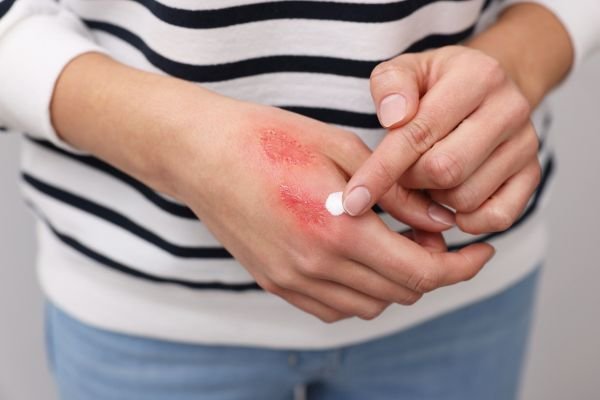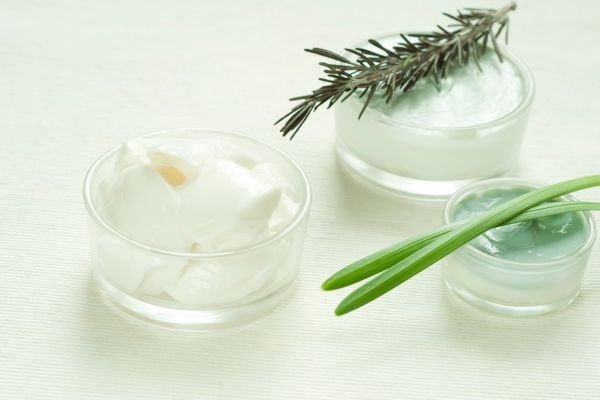The global hand cream market has been experiencing steady growth for the past couple of decades. It continues to be on the rise, predicted to reach $1.43 billion by 2032. That begs the question: What is hand cream used for and why has it become so popular?
In this article, we will discuss the process of making high-quality hand cream, some common ingredients used by manufacturers, and the best way to apply the product.
Why Do You Need Hand Cream?
To answer this question, we need to first understand – what is hand cream and what does hand cream do? Hand cream has a thicker consistency than lotion and is used primarily for its hydrating properties. The application of hand cream serves to soothe dry and irritated skin, prevent the formation of wrinkles and fine lines, boost skin elasticity, and keep the skin hydrated.

The spike in hand sanitizer use during the Covid-19 pandemic has resulted in dryer hands across the board. That can only be remedied by hand cream. No longer confined to the bottom shelves of people’s personal bathrooms, hand creams have found their permanent place in purses, hotels, and public restrooms. There is a whole world of opportunity out there for a brand of hand cream for dry hands.
Hand Cream Manufacturing Common Formulas
There are four main ingredients used in the production of hand cream. Here is an overview of them:
- Water serves as a base and is used primarily for accomplishing the desired consistency. Increasing the ratio of water to other ingredients will turn your cream into a lotion.
- Oil (or butter) helps to achieve the perfect texture and contributes to the product’s moisturizing properties. The oil you choose can make or break your hand cream. Going with a less expensive alternative, like soybean oil, will likely result in a low-quality product. Shea butter, on the other hand, is a strong moisturizer with few downsides.
- Because oil and water don’t mix well, they need a binding agent. An emulsifier binds the two together and prevents separation.
- Falsely accused of having a negative impact on the skin, preservatives are a necessary ingredient in any skincare product containing water. They prevent the growth of mold and bacteria, thus extending the product’s shelf life and making it safe for use. While it may be tempting to slap an “all-natural” sticker on your product, few companies know what that entails.
There is no reason to limit yourself to the four ingredients mentioned above. The addition of essential oils, for example, can elevate the product in more ways than one. Chamomile and rose oil boast anti-inflammatory properties, while sandalwood is known to help decrease the appearance of blemishes and soothe irritated skin.

A pleasant scent is a powerful marketing tactic, taking your product to the next level. A “clean” scent, often implemented in Avene and Neutrogena hand cream, gives the product a natural and reliable feel. L’Occitane hand cream continues to receive high praise for its almond and shea butter lines. A scent can serve as your unique selling proposition, attracting customers and setting your product apart from the competition.
How to Make Hand Cream?
Though hand cream manufacturers have some freedom in building their facilities, they all need to follow a similar production line organization. It is essential that workers know how to use hand cream production equipment to create the product of your dreams. Here are some common steps that manufacturers follow:
- Sterilization: Working with a production line means paying close attention to the rules of cleanliness. Contaminating your product may lead to product recall or dissatisfied customers. Every manufacturer needs to have effective sterilization procedures in place.
- Batching: Before raw materials are mixed to create the final product, they need to be accurately measured and weighed. Using too much of one ingredient can result in a poor consistency or low hydration properties.
- Dispensing: This is where the magic happens! Professional mixing equipment is used to combine the raw materials. The mixture can then be cooled or heated to reach the desired consistency.
- Filling: Once the hand cream mixture is prepared, it is ready to be pumped into appropriate packaging. After selecting the right volume and speed, filling line workers pipe the hand cream into individual vessels.
- Packaging: This is when the semi-finished product becomes the final product. The hand cream is packaged to prepare for sale.
Some Tips for Hand Cream Application
Using the right application technique for hand cream is crucial in acquiring the softest skin that’s free from cracks and fine lines. Follow these steps to ensure the correct application:
- Clean your hands with soap before application.
- With a good cream, a little goes a long way! Use a pea-sized amount for both hands.
- Rub the cream between your palms to warm it up.
- Massage the warm cream into the backs of your hands.
- Make sure to cover your fingers, nails, and cuticles.
- Keep massaging the cream into your hands for as long as feels good.
- Avoid touching anything for a couple of minutes to allow the cream to absorb into the skin.
Conclusion
Applying hand cream has become a part of the daily routine of many people all over the world. Innovative brands and manufacturers have allowed consumers to enjoy hand creams for different skin types and ailments, such as retinol hand cream, anti-aging hand cream, and even bloody knuckles hand cream! If you’re considering joining the market as a skincare brand – don’t hesitate. And, if you are looking for a way to keep your hands soft and supple, hand cream is the answer!







